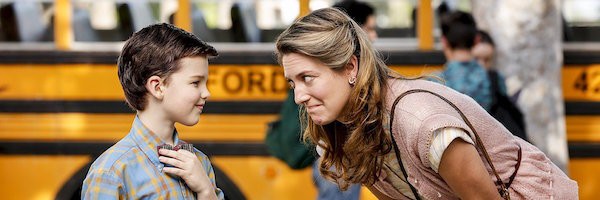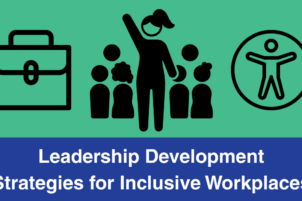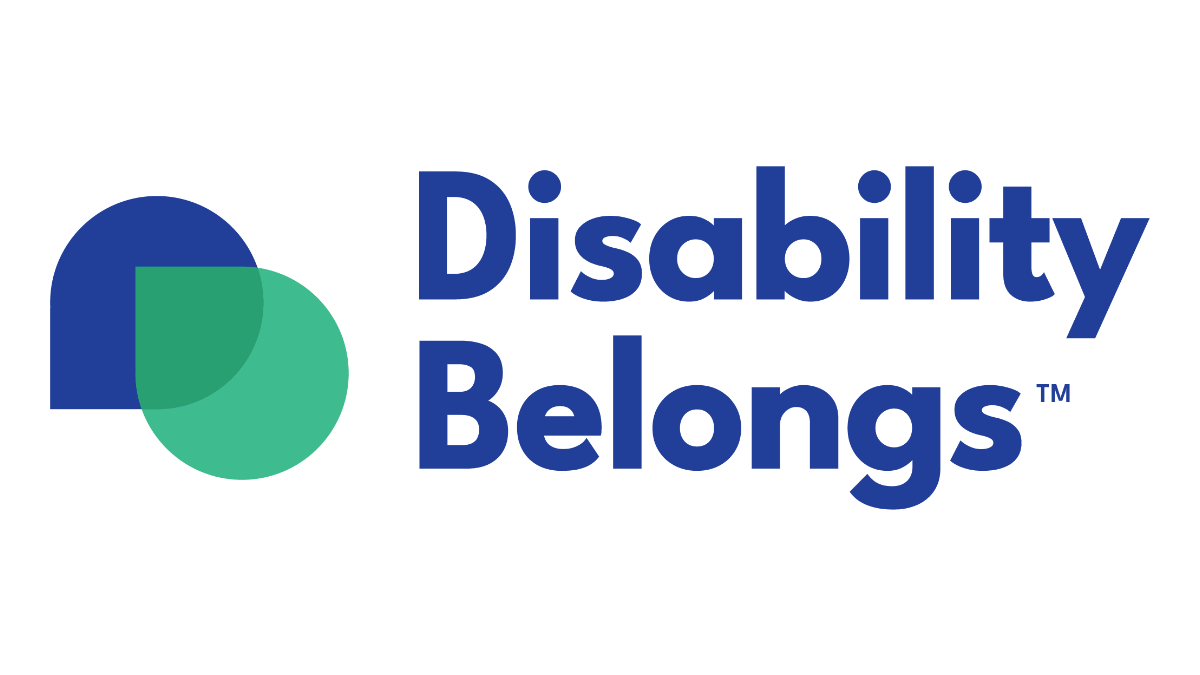Rockville, Md., Sept. 27 – In Monday night’s premiere of Young Sheldon, a spin-off prequel to The Big Bang Theory, Sheldon Cooper, a profoundly gifted (PG) nine-year old, is about to enter high school. Alienated from his community, he has multiple social limitations without the support needed in 1989 East Texas.
In The Big Bang Theory, Jim Parsons won an Emmy for his portrayal of adult Sheldon, who is never diagnosed on either show but fits the profile of a twice-exceptional character.
The term twice exceptional, often abbreviated as 2e, entered educators’ lexicon in the mid-1990s and refers to intellectually gifted children who have some form of disability. These children are considered exceptional both because of their intellectual gifts and because of their disabilities.
Stephanie is the mother of a young daughter who is PG and 2e. She shared some of her thoughts about the first episode of the show.
Q: What were your initial impressions of Young Sheldon?
Stephanie: I liked it a lot – that is to say, I wasn’t disappointed. And I’ve been counting down to this premiere. I was afraid it would have the same tone as The Big Bang Theory and that young Sheldon himself would be the source of most of the humor. I’m relieved that it feels a bit more like Wonder Years and that his struggles are clearly shown.
Q: As the mom of a young child who is PG, do you relate to Mary Cooper?
Stephanie: So much so, yes. I loved Mary. After being so disappointed with the mom dynamic in the show Atypical, she was a huge relief. And probably the main reason I’ll keep watching. How many times have I had to bark back at people: “There’s nothing wrong with my child!” or something to that effect? Too many.
I see a lot of myself in her. And I hope for my child’s sake that I emulate her in my parenting. When Sheldon went in to homeroom on the first day of school and there was nothing left she could do, you could feel the equal parts pain, emptiness, relief and fear emanate from her heart. That really got me. But maybe I’m projecting because that is how I feel when I drop off my child anywhere. I also loved the way they balanced Mary’s differences with her son. She’s religious; he’s not. And yet she really accepts him just as who he is. That’s beautiful.
Q: Does young Sheldon accurately reflect what you experience on a daily basis with your daughter?
Stephanie: To some degree, yes. My PG daughter also has Sensory Processing Disorder and I was so happy that they gave us a window into Sheldon’s intensities, usually referred to as overexcitabilities (OEs). Gifted and PG kids are just like regular kids in the sense that they are all so incredibly unique. That said, it’s incredibly common for gifted and PG kids to struggle so much with motor skills, sensory processing, anxiety, rigidity, social-emotional learning and a kind of desperate thirst for knowledge. These challenges can be so intense that they camouflage a child’s giftedness. This is why parents of highly gifted kids struggle so much trying to advocate for a child whose needs are all over the map. And all of this takes place in a world that misunderstands giftedness as something that parents boast and brag about. When in truth, gifted and PG kids are experiencing asynchronous development and they have unique needs.
I was really glad that the show portrayed Sheldon’s sound sensitivity, anxiety and rigidity. It was clear that, while remarkable and amazing, his giftedness was not seen as something celebratory. I thought it came off as a special need that affected the whole family (and even the whole school to some extent) and I really appreciated that.
Q: What are your hopes for Young Sheldon?
Stephanie: I just really hope that these kinds of new shows can help give folks a clearer understanding of giftedness and that it’s not all roses. I am curious to see how they play up his inability to understand sarcasm, which is a common trope in The Big Bang Theory. I was eager to see how they handled the “is he or isn’t he on the spectrum” debate, since he’s never mentioned it on The Big Bang Theory.
I kind of liked the ambiguity over Sheldon’s diagnoses in this first episode for a couple reasons. First, kids who develop asynchronously often have many OEs, intensities and sensory processing challenges. This can sometimes result in a kid who looks and acts a lot like a kid on the spectrum without actually being on the spectrum. It’s such a fine line and I don’t feel qualified to speculate whether he does or doesn’t have Autism Spectrum Disorder (ASD). Secondly, not having a diagnosis feels historically accurate for a PG kid in the 80s and that situation might lend itself to some real challenges and interesting stories in future episodes. I hope that one day “gifted” won’t have to be such a loaded word and that this show might help us get to that point.
17.2 million viewers watched the season premiere of Young Sheldon, which retained an outstanding 98 percent of its Big Band Theory lead-in. As a result, CBS has ordered a full-season pickup with an order for nine additional episodes, bringing the total to 22 episodes. Young Sheldon is the first new series of 2017-18 season to receive a full-season pickup.
Created by Chuck Lorre (The Big Bang Theory, Mom) and Steven Molaro, Young Sheldon will move to its regular time slot on Thursdays beginning Nov. 2, 2017.









As another Mom of a 2E child (or two), I can say that Stephanie’s observations are spot-on with mine. After years of research and discussion regarding twice exceptionality, I have never heard another mom express this so well: “a kid who looks and acts a lot like a kid on the spectrum without actually being on the spectrum” which I see in my own children as well as in Sheldon. I am slightly disappointed that they have Sheldon in high school, as being allowed to accelerate even one or two grades is rare and requires a real battle for a child with disabilities. I would LOVE to see a flash-back showing how Sheldon dealt with the classroom when he was with like-aged peers.